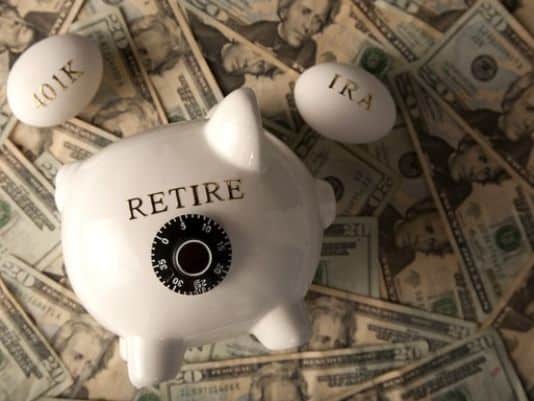
Leakage: It’s more than just a plumbing problem.
The term also describes money that, for various reasons, gets removed permanently from Americans’ 401(k)-style accounts and Individual Retirement Accounts — well before retirement age.
“Leakage out of workplace plans and IRAs reduces retirement saving,” a new study by researchers at Boston College noted. “This reduction would not be a concern if people were oversaving, but the evidence suggests they generally are not.”
Financial advisers, employers and others spend plenty of time and effort encouraging Americans to save. They sometimes neglect to warn people not to touch the money they already have accumulated.
Scope of the problem
Leakage from retirement plans can be significant, though it largely depends on the investor.
Affluent people with steady jobs and ample outside savings to meet emergencies might never tap into their accounts before retirement age. But others might drain their accounts shortly after setting them up.
Financial literacy also plays a role, as more knowledgeable individuals would recognize the tax costs involved and the missed investment opportunities from pulling out money early.
On average, leakage from workplace plans and IRAs reduces account balances at retirement by about 25%, according to the study from the Center for Retirement Research at Boston College.
That figure is an average estimate that runs the gamut: It includes people who pull everything from their accounts and those who don’t touch anything before retiring, said Geoff Sanzenbacher, one of the report’s authors.
The leading cause of leakage occurs when people cash out of 401(k) plans when leaving their jobs. Other catalysts, though smaller, happen when workers borrow against their 401(k) balances but can’t repay the loans and when they make permanent voluntary withdrawals while still employed.
Willing to pay penalty
Some people take out money from 401(k)-style accounts or IRAs as permanent withdrawals. These funds become taxable, with a 10% penalty tacked on if the recipient is under age 59½. The 10% penalty is designed to discourage people from getting at their money early, but this hindrance doesn’t always work.
For example, lower-wage workers who pay little if anything in income taxes might not see the penalty as that big of a deal, especially if they view a portion of their account balances as “free money” in the form of employer contributions.
Many of these individuals also might be accustomed to paying various fees, such as bank overdraft charges or late-payment penalties.
“The net cost for ‘cashing out’ can seem quite minimal, in both financial and psychological terms, for many workers,” according to the report.
What about loans?
Many 401(k) plans allow participants to borrow a portion of their savings. Loans can be an attractive option when money is tight, as borrowers repay the money back into their accounts through automatic payroll deductions.
Also, they usually receive attractive interest rates and don’t have elaborate loan applications to complete, and there’s no credit report impact on these borrowings.
“Of the various ways to access funds, loans appear to be the best way to minimize leakage,” according to the Boston College report. Borrowers typically can continue to contribute money to their plans while they have a loan outstanding, and most borrowers repay their loans, the report added.
Still, there are risks.
In particular, when a worker leaves a job with a loan outstanding, the balance would need to be repaid within 60 days or so, according to the report. If the person can’t do that, he or she would be in default, and that would make the unpaid sum a taxable distribution subject to the penalty.
This also would be a type of leakage.
Lack of emergency money
The underlying problem for leakage is that many people just don’t have much liquid cash on the side. So when an emergency strikes or a major expense looms, such as a vehicle repair or non-covered health procedure, they turn to their retirement accounts.
To prevent this, some employers and financial firms are trying new tactics.
One solution cited in the Boston College report would be for employers to make low-interest loans (aside from those in retirement plans) available to workers. MassMutual offers such a service to its 401(k) plan clients. The loans charge modest interest rates, and the borrowed money is repaid automatically from worker paychecks, as with conventional 401(k) loans.
But if workers default, there wouldn’t be a penalty or taxes due.
Another option would be to allow workers to divert a portion of their payroll contributions — maybe 15% — into a separate, liquid account that could be tapped for emergencies.
This arrangement still would allow workers to save automatically using payroll deposit, but the liquid cash could be accessed penalty-free because it wouldn’t be part of the 401(k) plan, Sanzenbacher said.
These emergency funds would accumulate until they reached a balance equivalent to perhaps three months of salary. At that time, all future contributions would go into the retirement plan.
